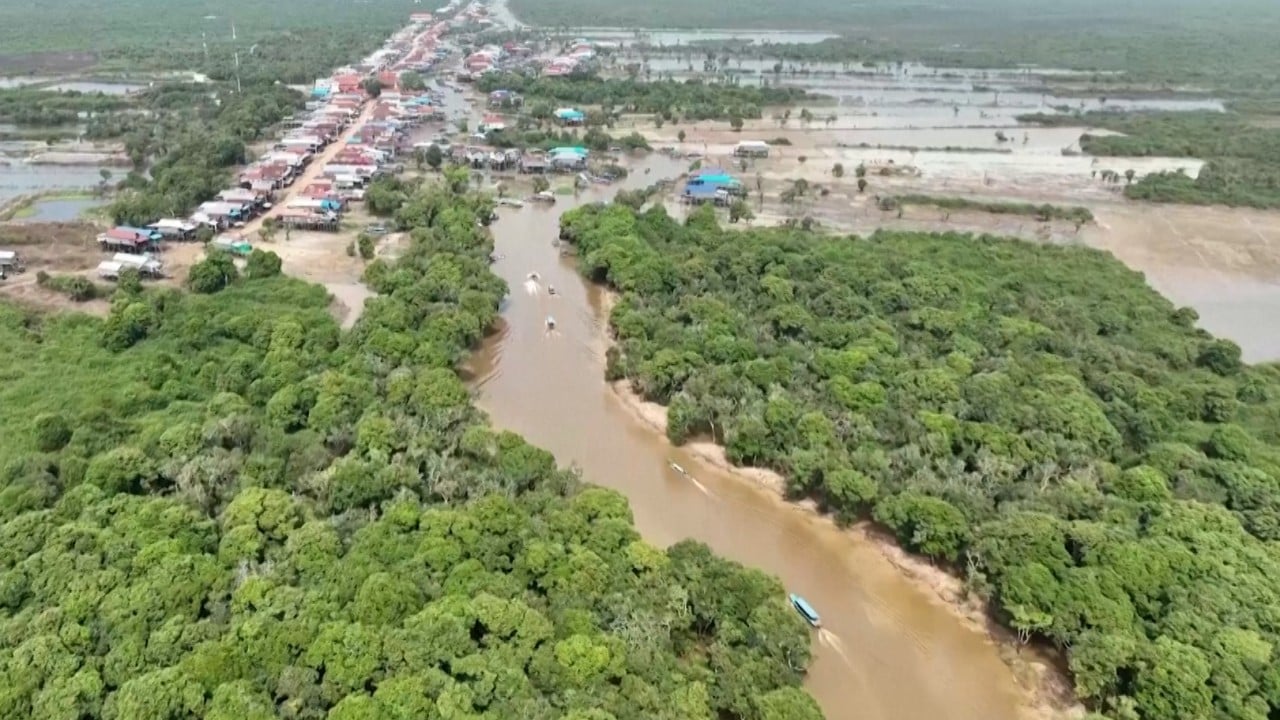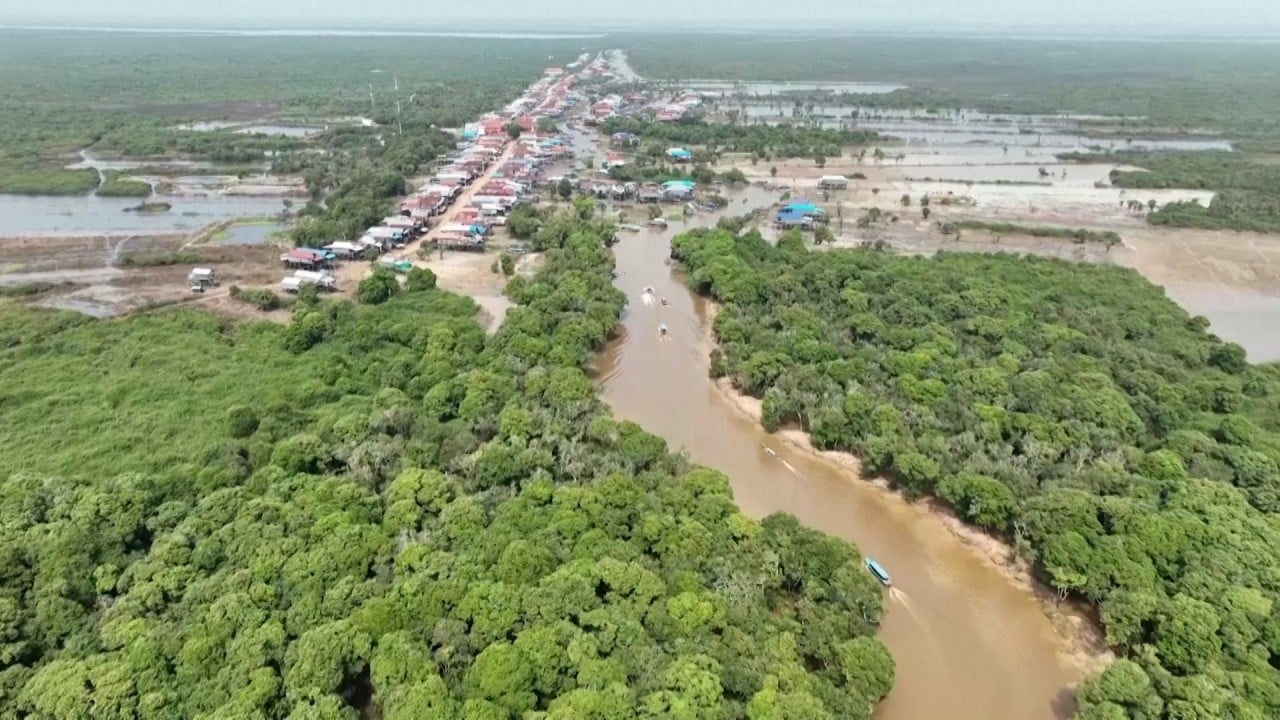China said on Tuesday a major dam on the Mekong River did not discharge floodwaters last week amid heavy flooding in Thailand.
Monsoon rains across large areas in Thailand have caused extensive flooding that has killed at least nine people and affected more than 51,700 households, according to the Department of Disaster Prevention and Mitigation. They have also caused landslides that have killed 13 people on the island of Phuket.
But the flooding along the banks of the Mekong has heightened concerns about hydropower dams along China’s stretch of the river, which is known as the Lancang.
Thailand’s Office of the National Water Resources has sent an emergency notice to the Mekong River Commission, a regional intergovernmental agency, urging Laos and China to work together to slow water discharges from dams, according to the Bangkok Post.
China’s dams have faced frequent accusations that they have caused unseasonal flooding and droughts along the river’s lower reaches, putting at risk the livelihoods of tens of millions of people who rely on the waterway for farming and fishing.
A particular focus of these complaints has been the Jinghong dam in Yunnan province, which began operating in 2008 and is the closest to the Thai border.
Xishuangbanna, the prefecture in Yunnan where the Jinghong dam is located, had been suffering its worst drought since 1961 until this year’s monsoon rains arrived.
The area then saw its heaviest August rains in a decade at the start of the month and rainfall has continued throughout the month.
On Tuesday, the Chinese embassy in Thailand said that the average daily outflow last week between Sunday, August 18 and Sunday, August 25 from the Jinhong hydropower station was down 60 per cent on previous Augusts and no floodwaters had been discharged in that period.
The embassy added that it was “highly concerned” about flooding in north and northeast Thailand, but a preliminary investigation had confirmed that water levels in the Lancang River remained stable and its reservoirs do not currently need to discharge water.
“The six countries of the Lancang-Mekong River basin are a community with a shared future … China fully respects and considers the interests and concerns of the countries in the basin,” the embassy said.
“China is willing to further enhance information sharing and cooperation on water resources, improve comprehensive river basin governance, and jointly address challenges such as climate change and flood disasters.”
The Mekong is the longest river in Southeast Asia, originating in the Tibetan plateau in western China before passing through five other countries – Myanmar, Laos, Thailand, Cambodia and Vietnam – before draining into the South China Sea.
Since 2020 China has provided annual hydrological information about the Lancang River to the five Mekong countries and the Mekong River Commission Secretariat.
Earlier this month, Chinese Foreign Minister Wang Yi attended the annual Lancang-Mekong foreign ministers’ meeting, where he said: “China actively supports strengthening cooperation on climate change response and disaster prevention and mitigation.”
He said that within the next three years China would finish developing ways of sharing further information about the weather and emergency response efforts.



